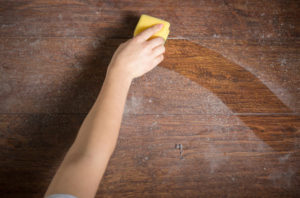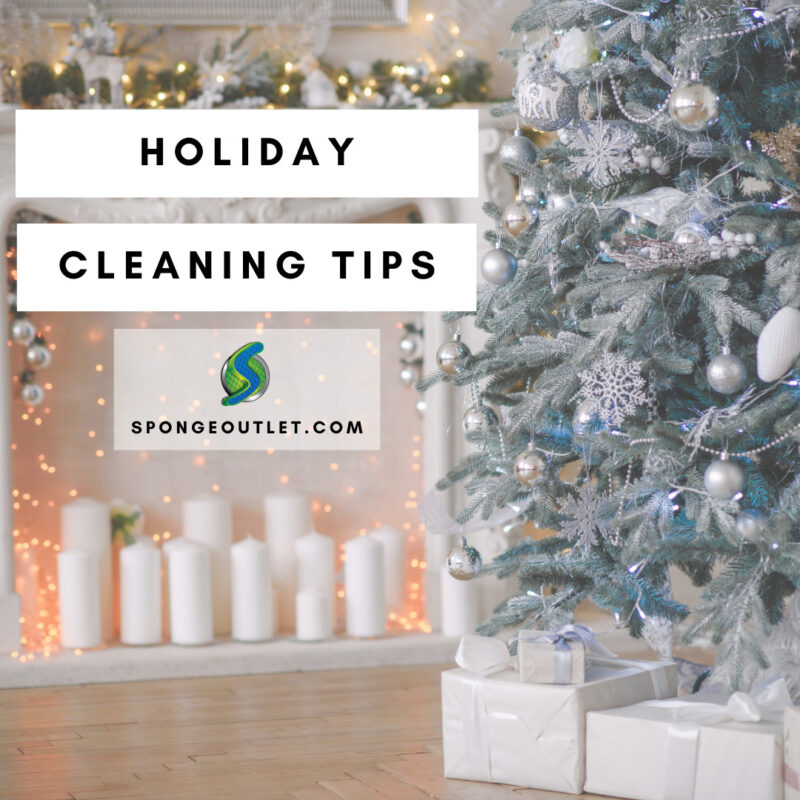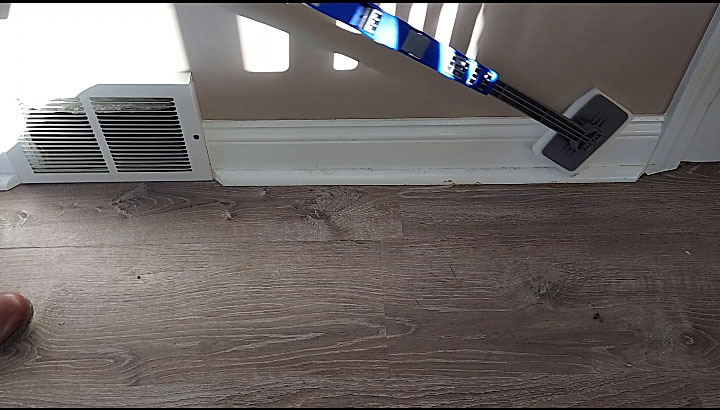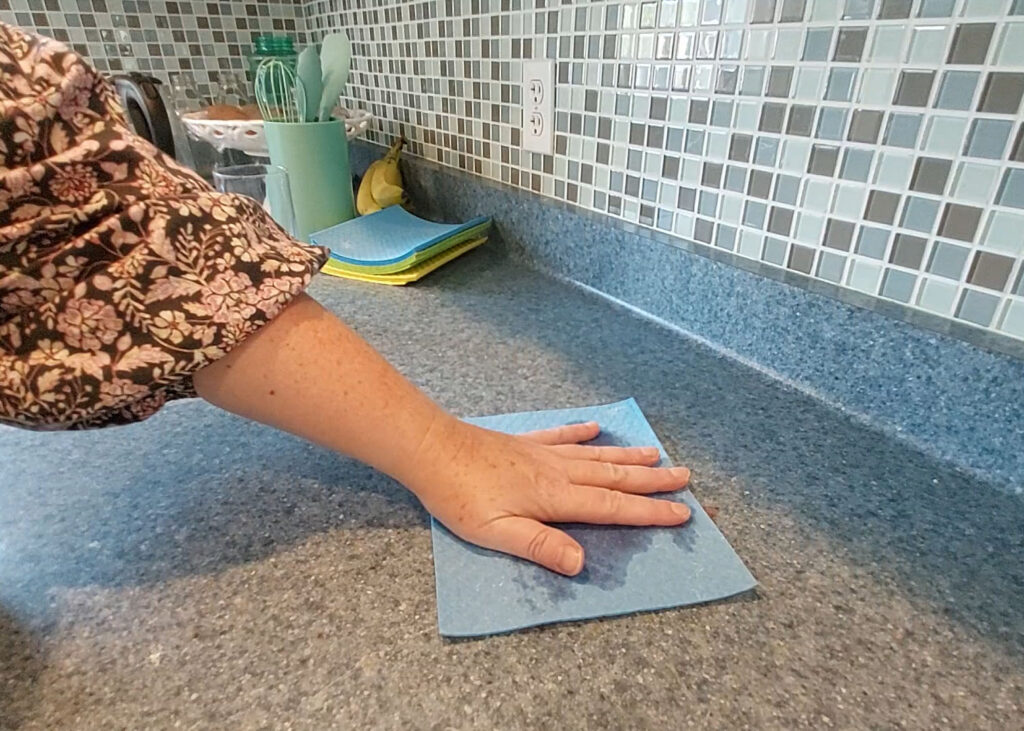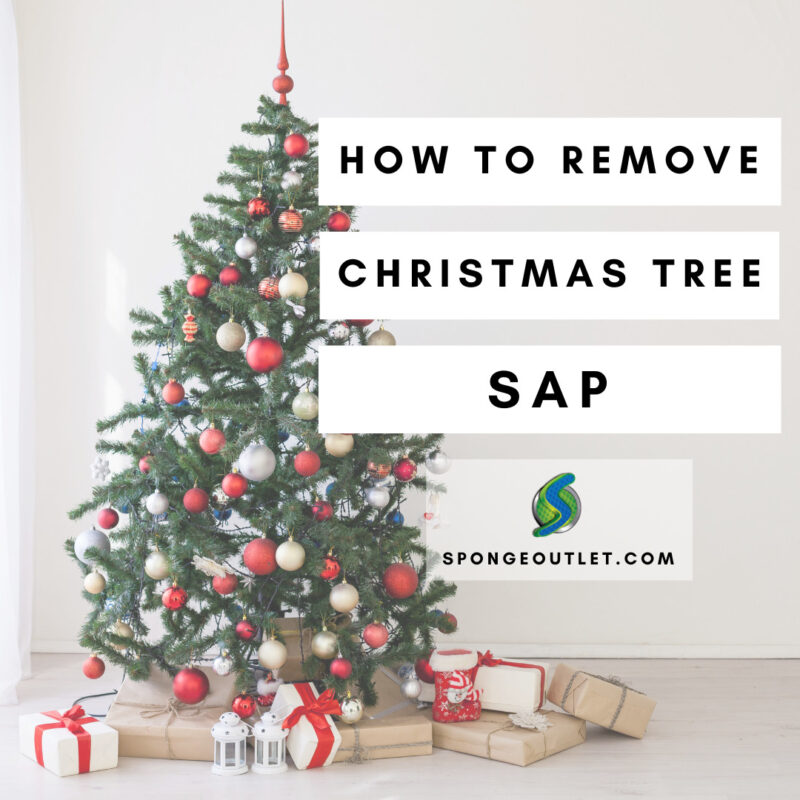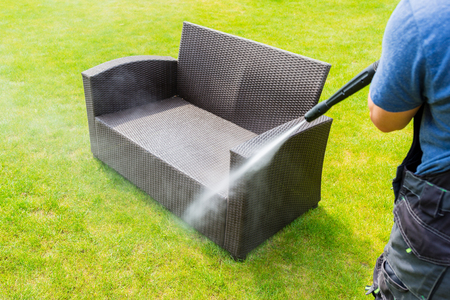
Finally, we’re able to enjoy some good weather! The sun is shining, it’s warm and comfortable, but your outdoor furniture is covered in pollen and dirt from last year…
Well, not to worry, SpongeOutlet is here today with some tips on how to clean your outdoor furniture this summer.
Whether you just broke your outdoor furniture out of the garage, or you’re finding that it needs a good wipe down after it’s been out on the back deck for a couple weeks, we have the info you need.
Dirt & Dust Build Up
Outdoor furniture is prone to dirt and dust build up, so it’s important that you properly store it when you’re putting it away for the winter. If you can, wrap it in an old sheet or cloths to keep the dirt at bay, and keep it in a dry spot in your garage or shed.
When you first take your furniture out of storage, even if it was covered, you’ll need to give it a good wipe down before it’s safe to sit on. The first thing you should do is attack the furniture pieces with a bucket of soapy water, and a microfiber cloth or paper towels. This will remove all the fine dirt and dust that built up on the chairs during the winter months.
Don’t skip this step, even if your chairs were stored in a clean space, dust is everywhere! And you don’t want it to transfer to your guests’ clothing once they sit on your furniture.
Make sure you choose the proper soap for your furniture. If your furniture is wicker or wood, you’ll need to use an oil-based soap to remove any dust and grime from the surface. Metal frames can be cleaned with mild dish soap.
Don’t forget to give everything a good rinse, and let it dry completely before you use the furniture.
And, if your furniture is hard wood, you may want to sand the surface and apply a fresh coat of paint each year before use.
Tough Stains
For areas that have become rusty or stained from last summer’s use, that you can’t clean easily with a cloth and soapy water, take an eraser sponge to the area. Eraser sponges will remove any tough stains from the surface of your furniture but be careful in areas where the paint is chipping—you want to avoid causing further damage to the paint.
Cushions
If your outdoor furniture has cushions attached, you should follow the cleaning instructions on the pillow tags. If they are machine washable, toss the covers in the wash and make sure they are completely air or tumbled dry before you use them. If your cushions aren’t machine washable, you can probably still clean the surfaces of them with a damp cloth to remove any dirt or dust.
Maintenance
On a weekly basis, hose down your furniture to remove debris like leaves and bugs that could damage the integrity of the rust-resistant paint on the surface of the furniture. Make sure that you take the cushions inside whenever you can if it’s going to rain: prolonged exposure to rain without ever becoming fully dry will cause mold to grow inside and on your cushions.
About halfway through the summer, or once a month, give your furniture another wipe-down with a cloth and soapy water, to make sure that you’re removing any dust and dirt that’s stuck to the surfaces. And, if there are any stains, use an eraser sponge to get rid of them right away.
If you have a big party and your furniture is used heavily over the course of an evening, it’s a good idea to hose everything down to remove food and alcohol particles that could cause problems down the line.
And, if you know there’s going to be a big summer storm, bring your furniture inside or tie it to your deck to avoid it being thrown around in the wind and damaged, or damaging something else, like your house!
Proper Storage
At the end of the summer, repeat the deep clean that you performed at the beginning of the season to remove dirt and grime, and store your furniture in a place where it will stay dry and not too cold, if possible. Wrap your furniture with old sheets or cloths, and keep any fabric or pillows sealed in a storage bin.
If you follow these simple (and frequent) cleaning tips, your furniture will last you for many summers to come. In the meantime, get outside and enjoy the beautiful weather!
For more information on Sponge Outlet products, or for more cleaning tips for around the house, head to our blog often! Questions? Call us at 877-776-6430.



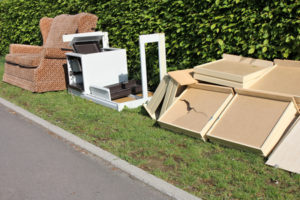 Most people use their basement as a storage space, and if you’ve lived in your home for a while, chances are there are tons of random items piled up down there. Take your time and sort through all of your belongings. Open every box and bin, and make sure you take a good inventory of what you have.
Most people use their basement as a storage space, and if you’ve lived in your home for a while, chances are there are tons of random items piled up down there. Take your time and sort through all of your belongings. Open every box and bin, and make sure you take a good inventory of what you have.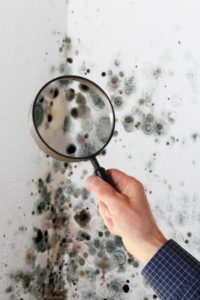 Get Rid of the Musty Smell in Your Basement
Get Rid of the Musty Smell in Your Basement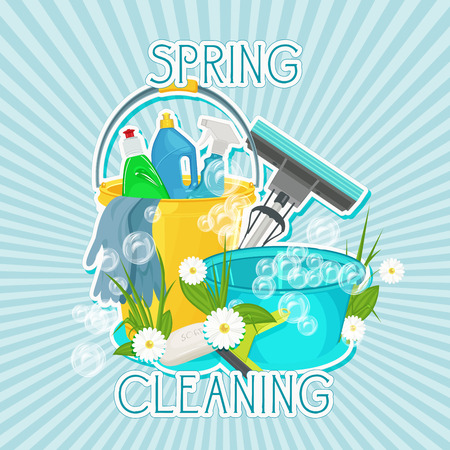
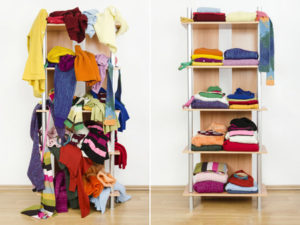 The best thing to do first when spring cleaning is to de-clutter. Take everything out of your closets, first. Get rid of winter clothing that you didn’t wear this season or last season, and pare down by getting rid of anything you don’t love anymore. Make sure you donate clothing that’s still in good shape to your local Good Will or charity.
The best thing to do first when spring cleaning is to de-clutter. Take everything out of your closets, first. Get rid of winter clothing that you didn’t wear this season or last season, and pare down by getting rid of anything you don’t love anymore. Make sure you donate clothing that’s still in good shape to your local Good Will or charity. Take it one room at a time in the interior of your home, and plan to split this process up over a few days; getting everything done all at once won’t work!
Take it one room at a time in the interior of your home, and plan to split this process up over a few days; getting everything done all at once won’t work!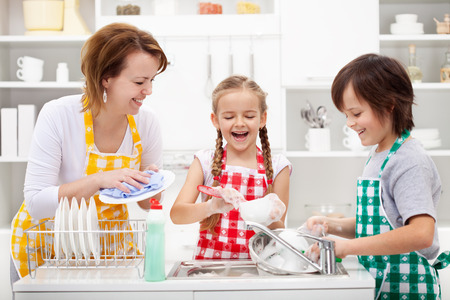

 Start Now
Start Now
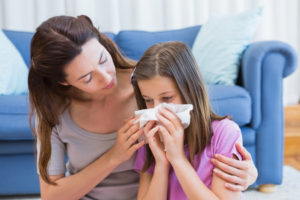 Prevent Illness
Prevent Illness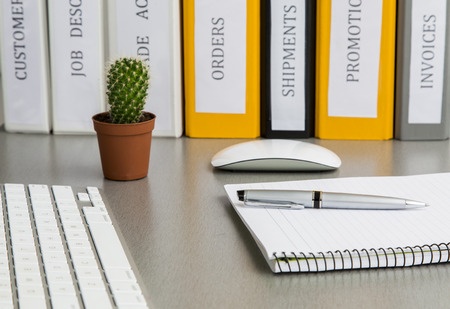
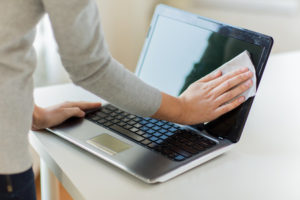 Don’t Forget: Computer Screens
Don’t Forget: Computer Screens